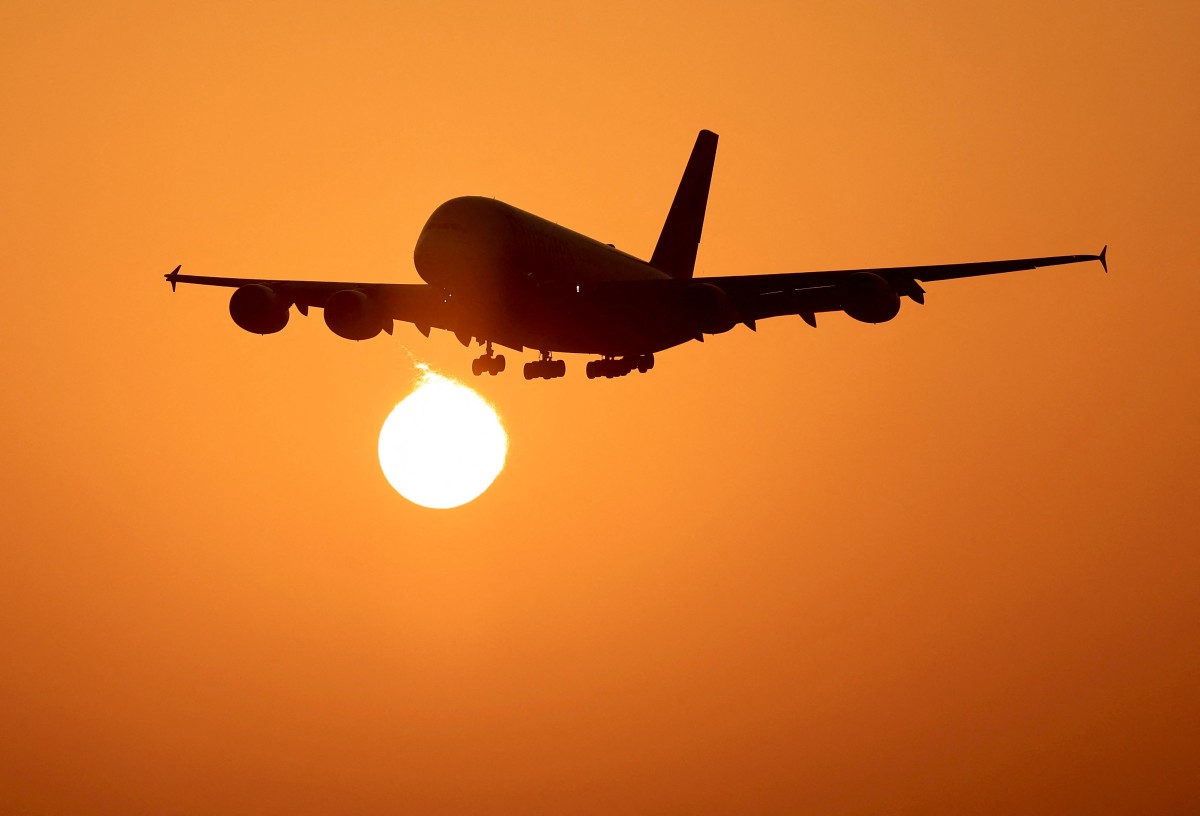Geneva, Switzerland— Air cargo demand rebounded in 2023 with a particularly strong fourth quarter performance despite economic uncertainties, according to new data for global air-freight market released by the International Air Transport Association (IATA).
As per the new data full-year demand reached a level just slightly below 2022 and 2019.
Global full-year demand in 2023, measured in cargo tonne-kilometers (CTKs), was down 1.9 percent compared to 2022 (-2.2percent for international operations). Compared to 2019, it was down 3.6 percent (-3.8 for international operations).
Middle Eastern carriers reported an increase in demand of 1.6 percent for global and international operations in 2023 compared to 2022 and an increase in capacity of 13.5 percent (+13.6 percent for international operations).
In December airlines in the region posted an 18.3 percent increase in demand for both global and international operations compared to 2022. Capacity increased 17.7 percent (+17.8 percent for international operations) during the same period.
Capacity in 2023, measured in available cargo tonne-kilometers (ACTKs), was 11.3 percent above 2022 (+9.6 percent for international operations). Compared to 2019 (pre-COVID) levels, capacity was up 2.5 percent (0.0percent for international operations).
December 2023 saw an exceptionally strong performance: global demand was 10.8 percent above 2022 levels (+11.5percent for international operations). This was the strongest annual growth performance over the past two years. Global capacity was 13.6percent above 2022 levels (+14.1 percent for international operations).
Global cross-border trade recorded growth for the third consecutive month in October, reversing its previous downward trend.
December’s inflation in both the United States and the EU as measured by the corresponding Consumer Price Indices (CPI) stayed below 3.5 percent year-on-year. China’s CPI, however, indicated deflation for the third consecutive month, raising concerns of an economic slowdown.
Both the manufacturing output and new export order Purchasing Managers Indexes (PMIs) – two leading indicators of global air cargo demand—continued to hover below the 50-mark in December, usual markers for contraction.
“Despite political and economic challenges, 2023 saw air cargo markets regain ground lost in 2022 after the extraordinary COVID peak in 2021. Although full year demand was shy of pre-COVID levels by 3.6 percent, the significant strengthening in the last quarter is a sign that markets are stabilizing towards more normal demand patterns. That puts the industry on very solid ground for success in 2024. But with continued, and in some cases intensifying, instability in geopolitics and economic forces, little should be taken for granted in the months ahead,” said Willie Walsh, IATA’s Director General.

